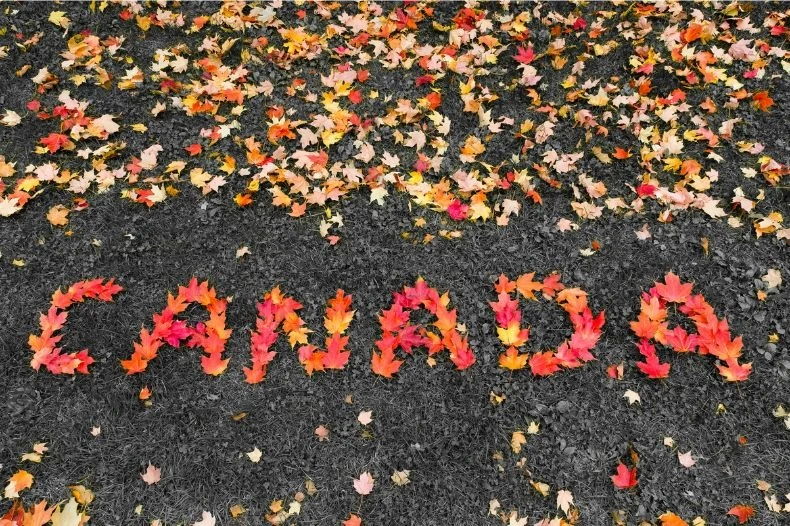
Canada, with its magnificent landscapes, dynamic towns, and breathtaking wildlife, enchants visitors from all over the world. Even with its all-year beauty, there are some times of year that can be regarded as the worst time to visit Canada.
The idea of the worst moment is wonderfully arbitrary, molded by personal goals and desires. For example, while persistent rain might discourage some, it can also entice adventure seekers by bringing a sense of excitement to their travels. However, some individuals may not enjoy the throng.
About traveling to Canada
Without a question, Canada is a fantastic place to visit or live. Canada has a lot to offer, whether your interests are in experiencing the multiculturalism of cities like Toronto and Vancouver, touring the breathtaking national parks, or immersing yourself in the rich cultural history.
But everything that has a benefit is considered to simultaneously have a drawback. Here, Canada is no exception. There are definitely the worst time to travel to Canada, and if you ignore this important knowledge because your desire to see Japan overrides common sense, you’ll end up wishing you had never gone.
The Worst Time To Visit Canada
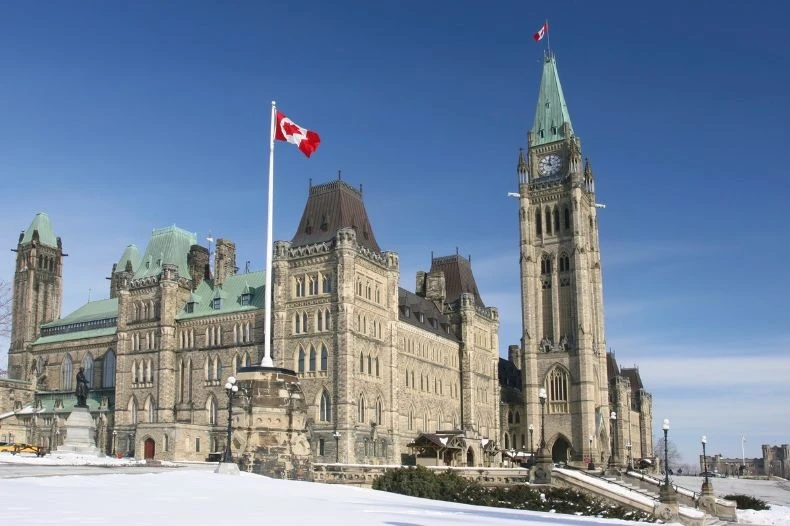
The winter season is the worst time to visit Canada because of the harsh weather conditions such as snow storms, cold temperatures, and little daylight. During this season, communication and travel are severely restricted. Icy, slick roads are a major cause of traffic accidents.
Flight cancellations and delayed trains are also major concerns throughout the winter season, making it the worst time to visit Canada. To put it briefly, winters can be very unpredictable for travelers. Northern regions have typical lows of -20°C (-4°F) to -40°C (-40°F) or even lower, which are considerably below freezing.
In more southern areas, average low temperatures during the coldest months are often between -10°C (14°F) and -20°C (-4°F).
Additionally, officials advise against making any needless trip arrangements during this time of year. It is always preferable to check the weather reports from the Government of Canada’s official website to see if now a good time to visit is or not.
Other Worst Times to Visit Canada

Aside from the cold, the following are other reasons not to go to Canada:
Bug Bites and Black flies
When pests are abundant, tourism in Canada suffers making it the worst time to visit Canada. For travelers, biting insects such as black flies and mosquitoes are a big annoyance. Insects like horseflies, black flies, and mosquitoes proliferate in Canada during the warmer months, particularly in wooded and coastal locations.
Usually lasting from May through August, this pests season may be very annoying for camping and outdoor activities.
Bug Bites: Hiking, camping, and other outdoor activities may become less pleasurable due to these bothersome critters. In areas like Ontario, Quebec, and the Atlantic provinces that are teeming with lakes, woods, and marshes, the majority of tourists suffer from insect bites.
Black Flies: They can cause irritation, swelling, and itching in certain people since they sever and burst the skin to absorb blood, which can be quite bothersome. The best time to view these small insects fly is from mid-May to late June, when they seem to be most prevalent on hot, humid spring days.
Tips: It is essential to apply insect repellents, wear long sleeves and trousers, and pick your outside activities carefully during this black fly season to protect yourself from these persistent invaders.
Peak Season
July, a hot and busy month for domestic travel in the United States, brings a similar dilemma to Canada. Summertime brings a flurry of activity across the nation as American families and visitors pour into the nation’s beaches and national parks.
It’s the worst time to visit Canada because June through August coincides with the country’s peak travel season. Though at first glance it would seem like a great time to visit Canada, the truth is that there are more people, longer lines, and higher costs.
Iconic places such as Vancouver, Toronto, and the gorgeous Rocky Mountains face the brunt of this migration, evolving into crowded cities that can impede full enjoyment of attractions and appreciation of natural beauties.
In addition, Canada conducts a large number of small and almost 200 major festivals annually that draw large numbers of tourists. One well-known event that draws big crowds is Winterlude, which happens in February in Ottawa, Ontario, and Gatineau, Quebec.
Popular cities like Toronto, Montreal, and Vancouver become busy hubs during holidays like Christmas, New Year’s, and Canada Day (July 1st), making it the worst time to visit Canada due to the spike in visitor activity. As a result, it becomes difficult to obtain acceptable lodging, and hotel and airfare costs increase dramatically.
Heavy Rainy Days
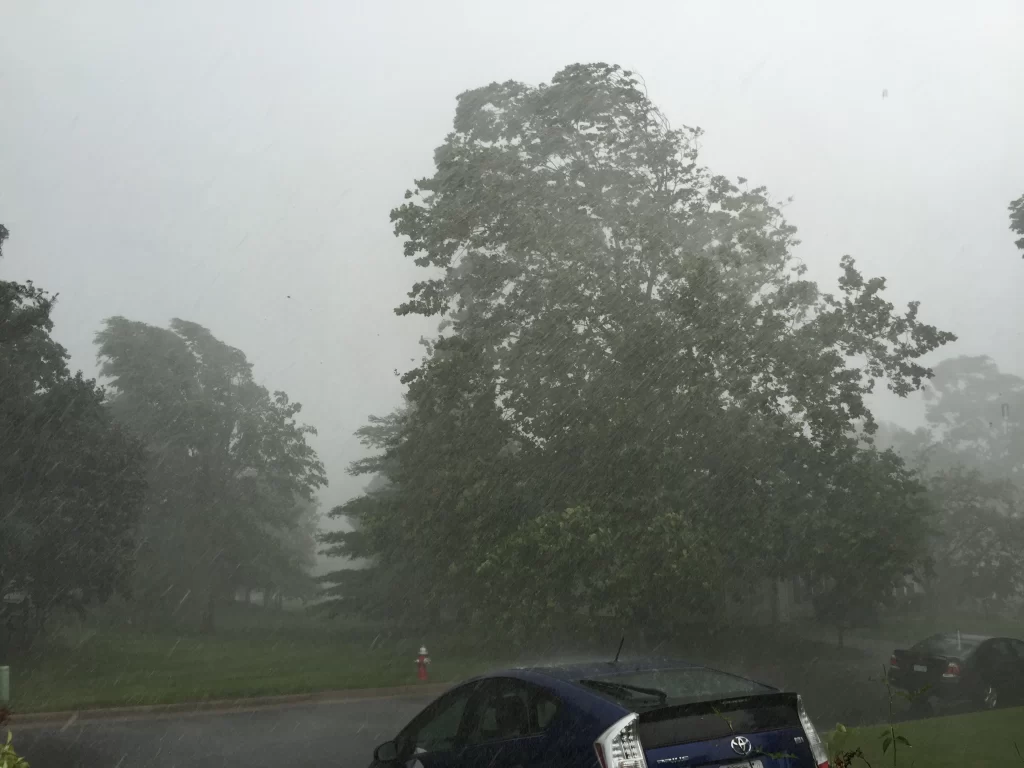
When it comes to rainfall, Canada’s British Columbia coast leads the way with some of the country’s highest rainfall. In reality, this area can get more than 2500 mm of rain annually. One location that sticks out is Ocean Falls, British Columbia, which has 4145.1 mm of yearly rainfall, the most in all of Canada.
In addition, Henderson Lake on Vancouver Island receives more annual precipitation than any other location in North America. This marshy area receives an incredible 7296 mm of precipitation yearly, or more than 23 feet of rain.
Rainfall is a common occurrence in this area from late autumn to early spring, making it the worst time to visit Canada due to the severe rainy season, and the wet weather can last for many days or even weeks. Therefore, visiting Canada during the severe rainy season may not be the best option if you’re looking for bright and dry weather for your outdoor activities or sightseeing excursions.
Spring Thaw and Flood Risks
Flooding is becoming more often and severe in Canada, with serious social, housing, environmental, and financial repercussions.
Flood: As winter gives way to spring, there is a significant risk of flooding in some parts of Canada, such as Quebec, Ontario, and the Prairie provinces, as a result of snow and ice melting. This is a natural occurrence that can interfere with travel schedules, close roads, and restrict access to particular locations.
Spring Thaw: Keeping up with weather forecasts and road conditions becomes essential when planning a trip to Canada during the spring thaw. Variations in temperature and quick snowmelt can cause rivers and lakes to have higher water levels, which could result in flood dangers.
Prioritizing safety above all else is crucial, as is keeping up with any cautions or warnings that the local authorities may issue.
Limited Wildlife Sightings in Winter
Canada is home to an astounding variety of animals, with over 200 mammal species identified, including bobcats, blue whales, and bats. The magnificent moose, the recognizable wood bison, the powerful polar bears, and the breathtaking grizzlies are just a few of its famous residents.
It’s crucial to remember, though, that visiting Canada in the winter might not be the best option if part of your vacation itinerary involves seeing animals. Many animals, including bears, go into hibernation during this period, which drastically reduces their appearance, making it the worst time to visit Canada for wildlife enthusiasts.
Furthermore, there is less bird migration in the winter. It’s best to schedule your visit for the summer or early autumn, when animals are more active and visible, to maximize your chances of seeing them in their native environments.
Month-by-Month Review: Traveling to Canada
When precisely is the very worst time to visit Canada? Even while Canada is a stunning place to visit all year round, there are some seasons that might not be suitable for everyone for a variety of reasons. Our responses below may surprise you with a few things.
Thus following advice will assist you in avoiding the worst time to visit Canada if you have plans to travel there in a specific month.
Winter (December To February):
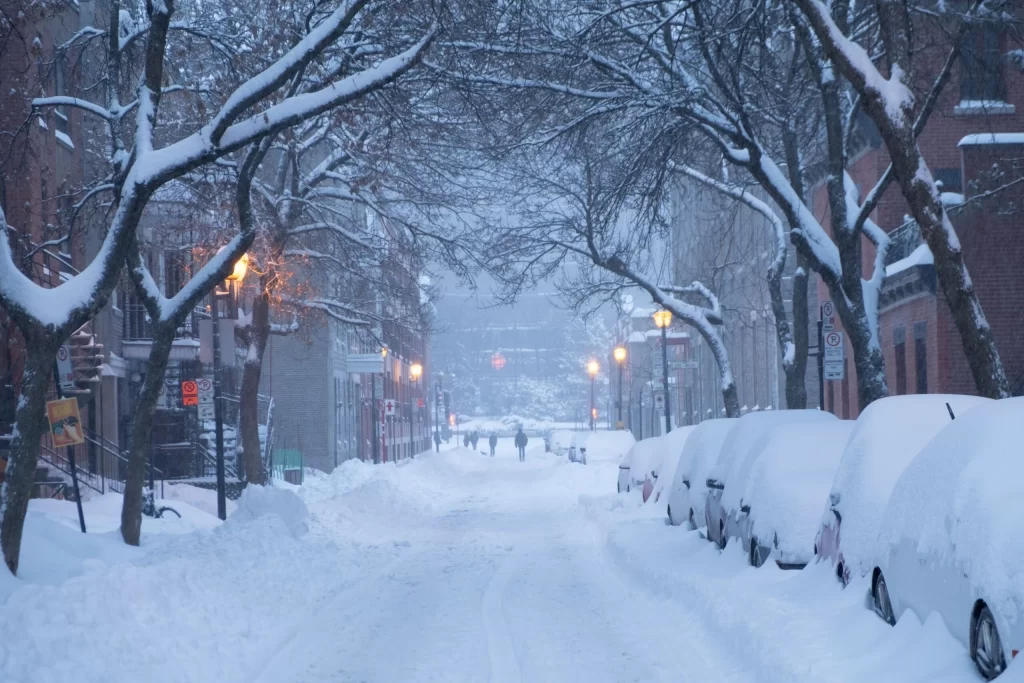
Many tourists believe that the winter is the worst season to visit Canada, particularly if they are not used to or detest the cold.
Extreme Cold: Temperatures in the northern territories—Yukon, Northwest Territories, and Nunavut, for example—can drop below freezing for protracted periods of time. Winters in these places are severe, with frequently below-freezing temperatures (-30°C, -22°F). On the coldest days, temperatures may often drop below -10°C (14°F), even in southern locations like Toronto or Montrea
Limited Daylight: The northern regions of Canada get extremely few daylight hours during the winter solstice, with the sun sinking early in the afternoon. This may cut into how much time you have for touring and outdoor activities.
Disruptions in Travel: Road closures, difficulties traversing cities and towns, and aircraft cancellations and delays can result from heavy snowfall and slippery conditions. Winter storms may cause significant interruptions to travel arrangements, so travelers should prepare accordingly.
Reduced Availability: Due to safety concerns or seasonal restrictions, several outdoor activities, hiking routes, and tourist sites may be restricted or closed throughout the winter.
However, visiting Canada at this time of year might be beneficial for those who enjoy winter sports and distinctive cultural experiences.
This is the best time of year for skiing, snowboarding, ice skating, and other winter sports. Charming winter festivals are held in places like Quebec City and Montreal to highlight the beauty of the season.
Spring (March To May):
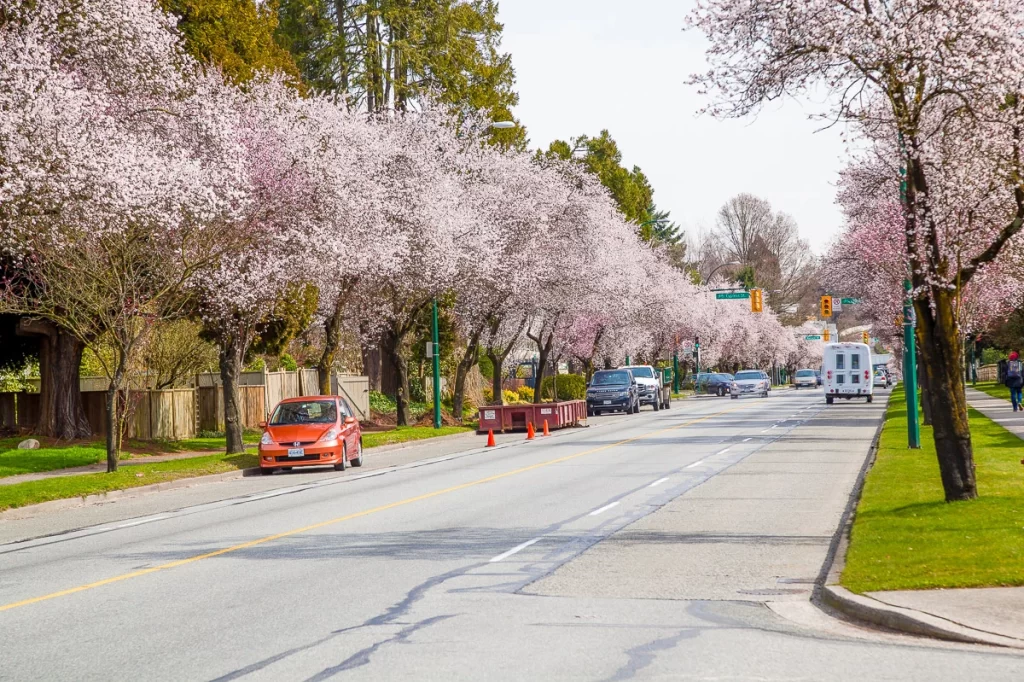
Canada’s springtime is erratic, with temperature swings and a profusion of precipitation. The area may have a major impact on the weather.
While some regions of the nation may see warmer weather, others may have snowfall that lasts into the early spring. Thus, if you’re going to be doing any sightseeing or outside activities, be ready for maybe cold and rainy weather.
Even if spring brings with it the charm of blossoming flowers and pleasant weather, there are still certain difficulties for travellers.
Unpredictable Weather: In Canada, the springtime brings with it an unpredictable array of weather patterns. It might be bright and pleasant one day and rainy or even snowy in the late season the next. Preparing for such erratic weather might be difficult.
Limited Outdoor Activities: Some outdoor attractions and hiking routes may still be closed in the springtime depending on the area and the time of year because of muddy or persistent snow.
Despite these difficulties, spring offers benefits as well, such as less visitors at well-known tourist destinations, the chance to see Vancouver’s cherry blossoms, and the ability to take in the first indications of nature’s rebirth.
Fall (September to November)
While autumn is a lovely season to visit Canada, it might not be the best choice for those looking for pleasant temperatures and a variety of outdoor activities.
Temperature Drops: Autumn brings a steady decline in temperature, especially in the north. Although the weather in the early autumn might be nice, the late autumn can get rather cold.
Limited Availability: As Canada enters its winter season, several tourist destinations and lodging facilities can close or operate on a limited schedule.
Because of the breathtaking autumn foliage, many travelers find the autumn season to be appealing even with the lower temperatures. Autumn is a great season for leisurely drives, walks and photography because the landscapes turn into vivid shades of crimson, orange and gold.
The Shoulder Seasons
For some travelers, especially in areas where winter and summer draw the greatest numbers of visitors, the “shoulder seasons” of spring and autumn may also be the worst time to visit. Certain attractions might not be completely functioning during these changeover times, and the weather can be erratic.
Conclusion
In summary, the worst time to visit Canada is arbitrary and dependent on personal preferences and travel objectives. Every season has its own special challenges and experiences to offer. For people who are not used to the cold, winter might be tough, but for those who love winter sports, it is paradise.
Even though the weather in the spring and autumn might be unpredictable, these seasons highlight the beauty of nature’s changes.
Regardless of when you decide to travel to Canada, a pleasant and pleasurable trip to this fascinating and varied nation will be guaranteed with careful planning and consideration of local weather and attractions.
FAQs
What is the cheapest time of year to visit Canada?
The cheapest time of year to visit Canada is winter months from December to March. Still it depends on the multiple factors like which part of the region you are visiting and your travel preferences.
Since this is off-peak season in Canada, you will get flight tickets in cheaper price and discounts on accommodations and attractions will be easily available.
On the other hand you can also consider shoulder seasons which span from April to June and then again September to October. Cheaper prices and pleasant weather are the highlights of this shoulder season.
What is the best month to go to Canada?
The best month to go to Canada is typically from September to November, during which the climate becomes pleasantly cool, maintaining comfort, while the vibrant transformation of fall foliage offers a picturesque setting for a vacation.
This season is ideal for relishing the breathtaking autumn colors, avoiding crowds, and discovering more budget-friendly accommodation options, with the peak of the fall foliage spectacle occurring in late
September to early October, especially in eastern Canada regions like Quebec and Ontario. The milder temperatures also make it a delightful time for engaging in outdoor activities.
What month is rainy in Canada?
In Canada, the rainy season typically occurs during spring, spanning from March to June.
The west coast of Canada, including Vancouver and Victoria, experiences more rainfall during the fall and winter months. The eastern part of Canada, including Toronto and Montreal, tends to have more precipitation during the summer months. June, July, and August are the rainiest months in these regions.
Northern regions, like Yukon and Northwest Territories, experience less rainfall overall, but their weather can be quite unpredictable.
The maritime provinces on the Atlantic coast, such as Nova Scotia and Newfoundland, can experience significant rainfall throughout the year. However, the late summer and early fall (August to October) can be particularly wet in this region.
In which month Canada is hot?
Canada experiences its hottest weather during the summer months of July and August. This period is when you can expect the warmest temperatures and is ideal for outdoor activities and enjoying Canada’s natural beauty, festivals, and recreational opportunities.
Which month is very cold in Canada?
The coldest month in Canada is typically January, during the winter season. This is when you can expect frigid temperatures, especially in northern and interior regions, making it ideal for winter sports and activities like skiing and ice skating.
